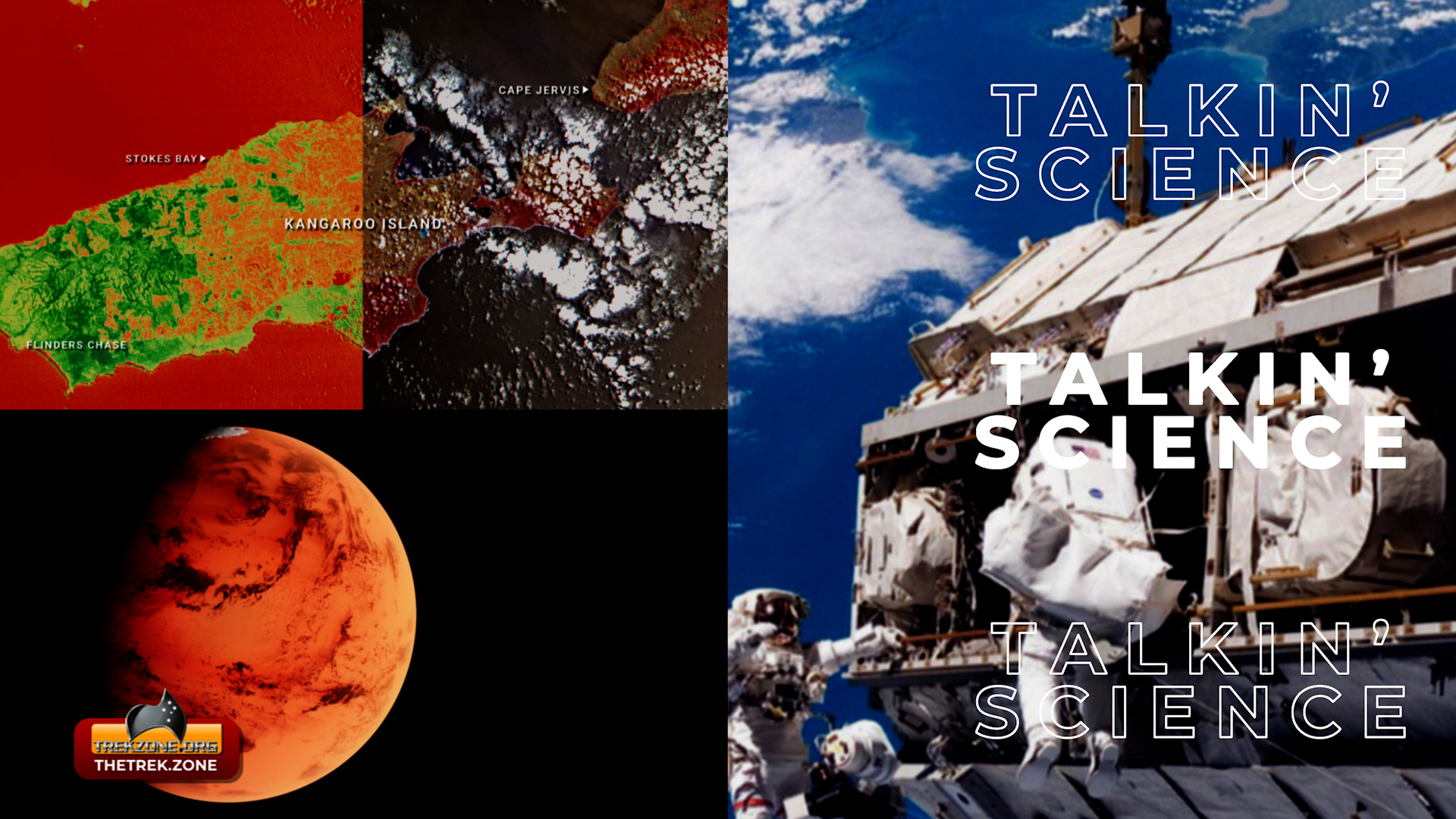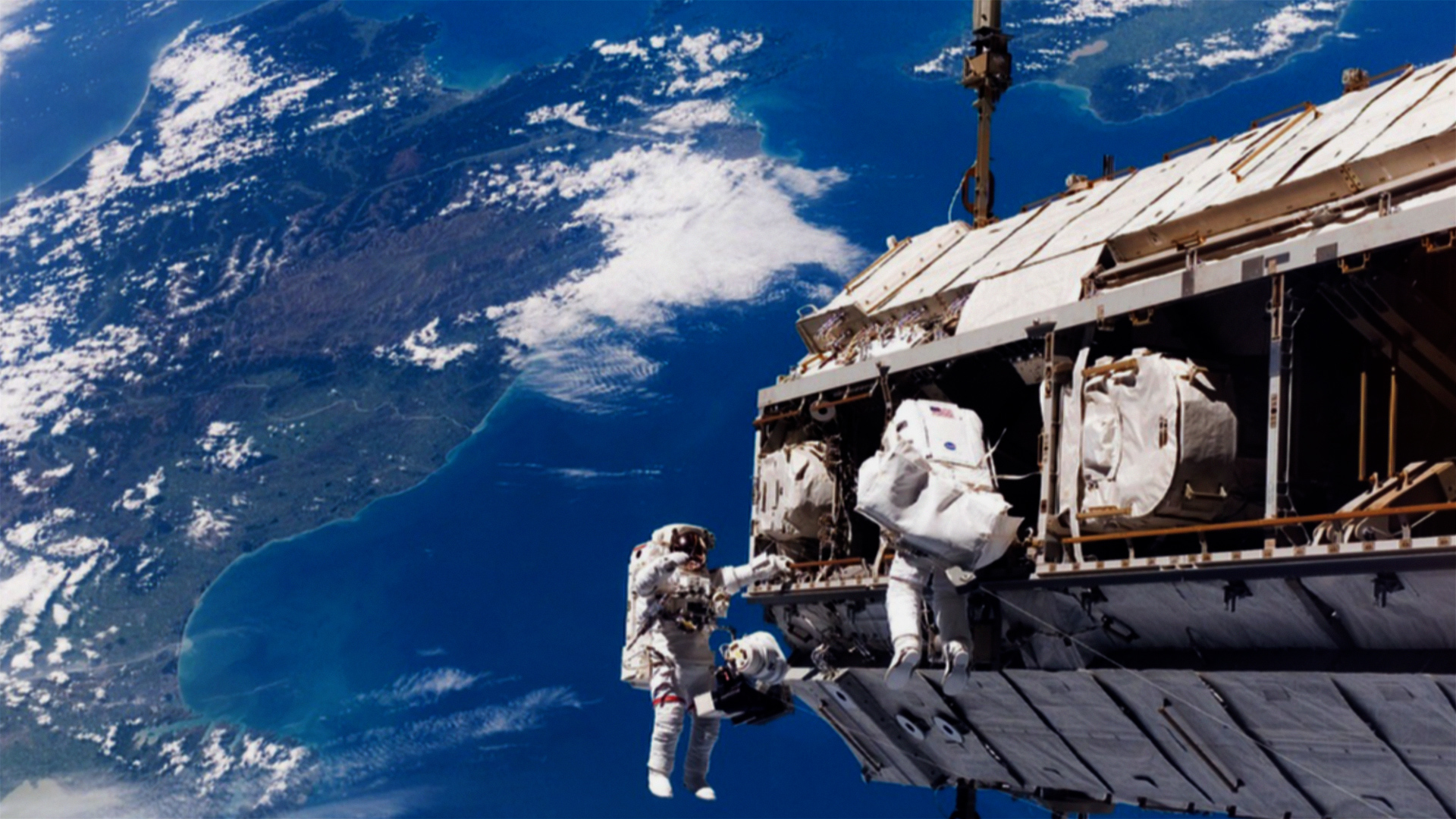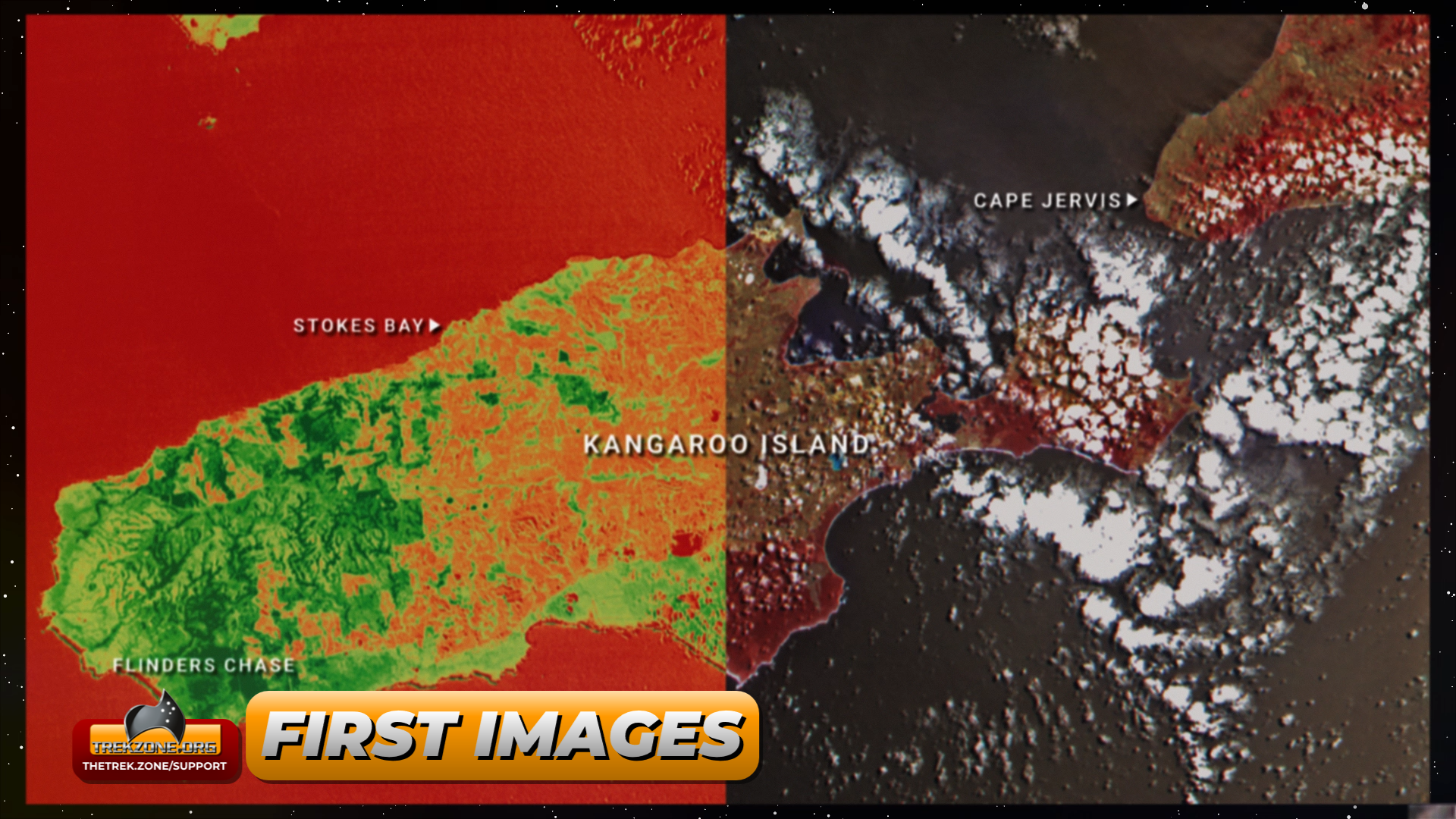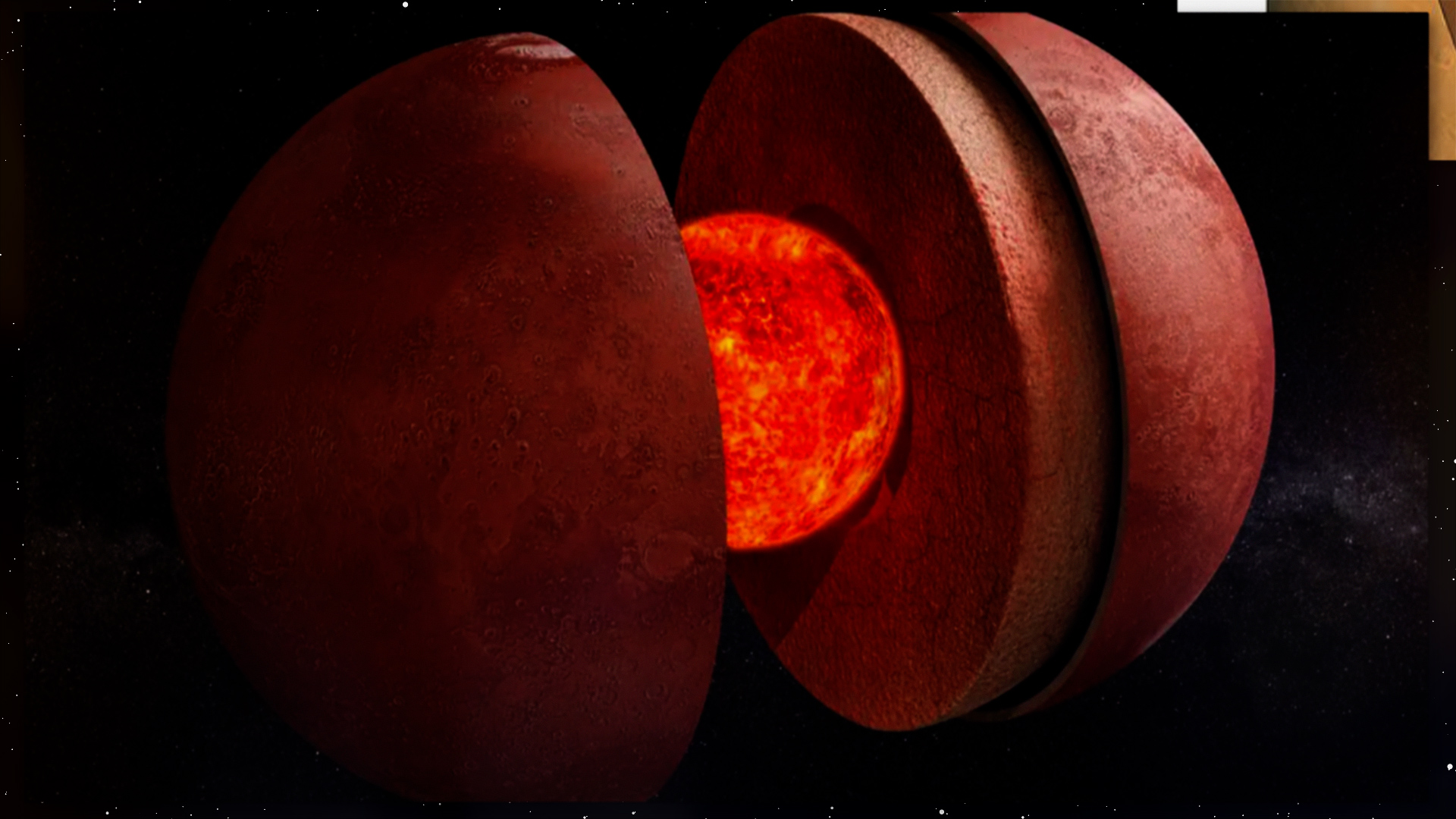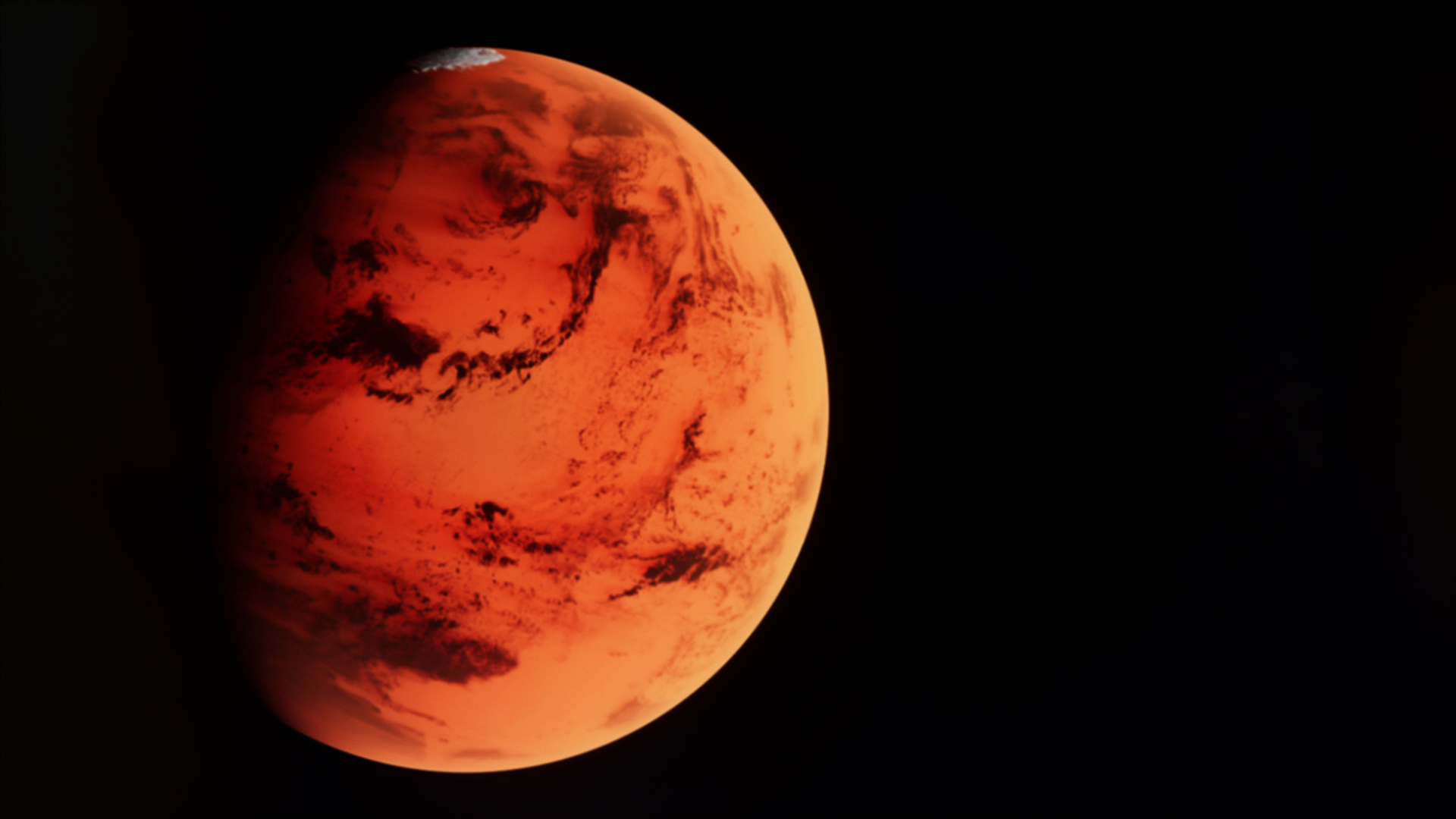
Tom Cruise is Heading to the Space Station
Known for his daredevil stunts that help push the audience into a massive sense of disbelief, actor Tom Cruise is set to head up to the Space Station to film his next movie. Details are scarce, but at least Tom and a camera operator will be heading up at some point.















